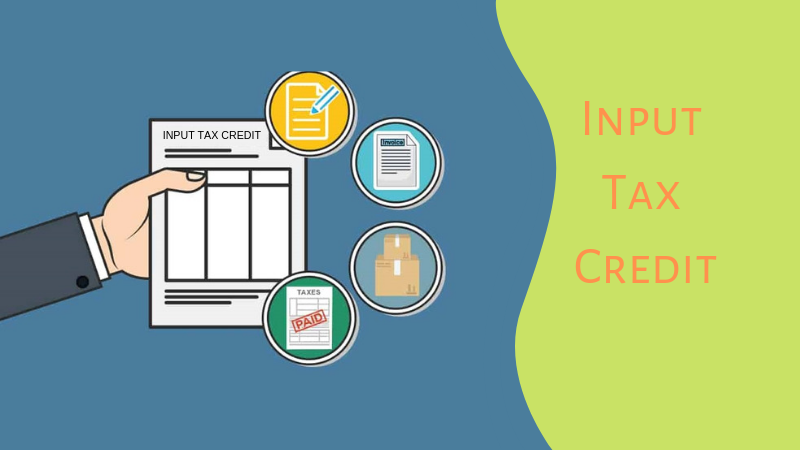GST e-Invoice is a system in which B2B invoices are authenticated electronically by GSTN for further use on the common GST portal. Under the electronic invoicing system, an identification number will be issued against every invoice by the Invoice Registration Portal (IRP) to be managed by the GST Network (GSTN).
All invoice information is transferred from einvoice1.gst.gov.in portal to both the GST portal and e-way bill portal in real-time. Therefore, it eliminates the need for manual data entry while filing GSTR-1 return as well as generation of part-A of the e-way bills, as the information is passed directly by the IRP to GST portal.
To whom is e-invoicing applicable?
| Phase | Applicable to taxpayers having an aggregate turnover of more than (applicable from) | Notification number |
| I | Rs 500 crore ( from 01.10.2020) | 61/2020 – Central Tax and 70/2020 – Central Tax |
| II | Rs 100 crore ( from 01.01.2021) | 88/2020 – Central Tax |
| III | Rs 50 crore ( from 01.04.2021) | 5/2021 – Central Tax |
| IV | Rs 20 crore ( from 01.04.2022) | 1/2022 – Central Tax |
The taxpayers must comply with e-invoicing if the turnover exceeds the specified limit in any financial year from 2017-18 to 2021-22. Also, the aggregate turnover will include the turnover of all GSTINs under a single PAN across India.
NIC has issued GSTIN wise list
The National Informatics Centre (“NIC”) has issued a list of GSTINs updated till 22nd June 2022 generating an Invoice Reference Number (“IRN”).
The List of GSTINs can be accessed at: https://einvoice1.gst.gov.in/Others/GSTINsGeneratingIRN
***
Don’t miss the next Tax Update / Article / Judicial pronouncement
Subscribe to our newsletter for FREE to stay updated on GST Law
Resolve your GST queries from national level experts on GST free of cost.
TW Editorial Team comprises of team of experienced Chartered Accountants and Advocates devoted to spread the knowledge of GST amongst the various stakeholders.



